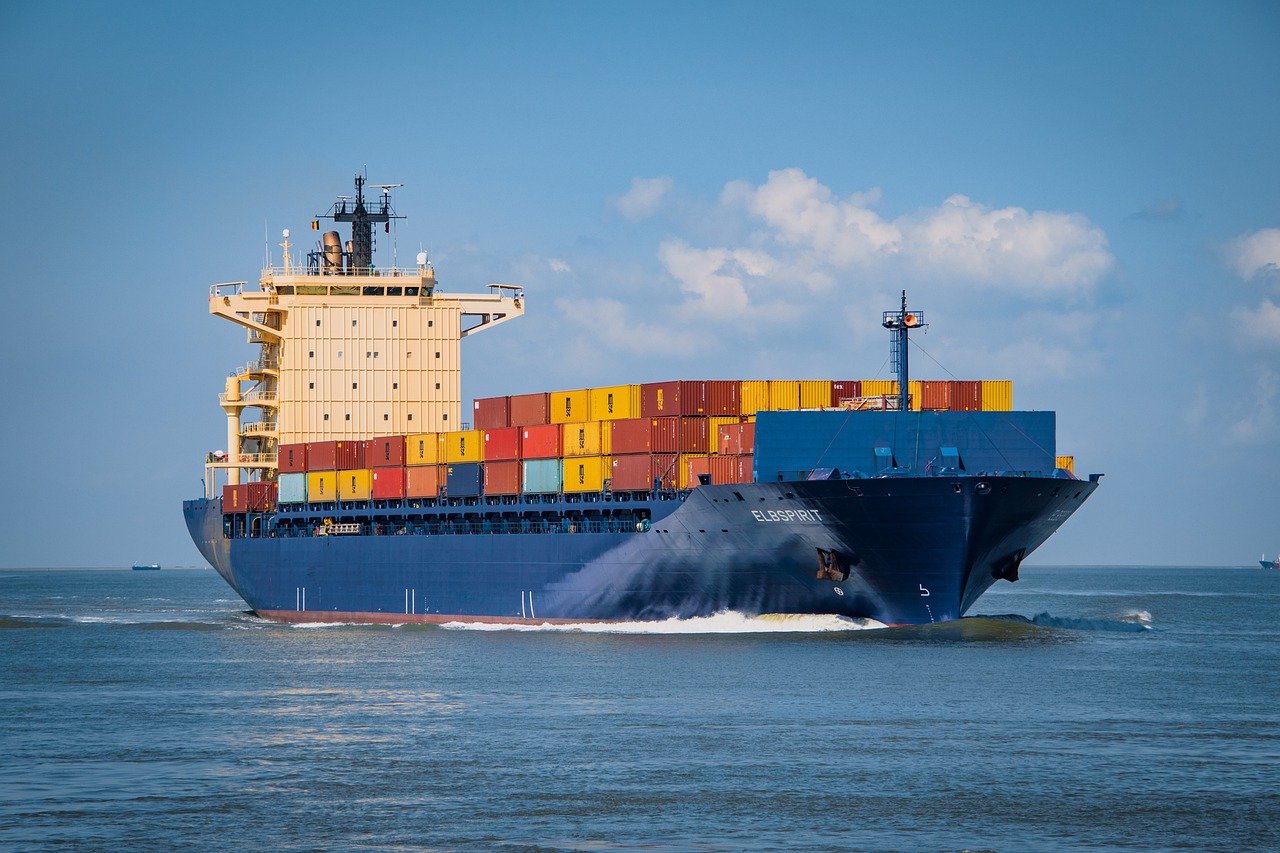Suez, Hormuz and more: all the most important routes of maritime trade

How maritime trade between Suez, Hormuz, Malacca and the Arctic will evolve (and what China wants to do). The point of Giuseppe Gagliano
Mega containers would become essential elements to maintain China's feverish export capacity, the "Asian tigers" or the European Union as they accumulate the capacity to transport around 800 million tons and are much less polluting than air and road transport, too. whether they would be threatened by the stratospheric increase in transport costs due to the current post-pandemic collapse.
From an economic point of view, the Arctic region is of particular importance since due to the gradual thaw, an old navigable road is being recovered which opens up the possibility of crossing the Northwest Passage all year round. Furthermore, it offers shipping companies a significant reduction in navigation times which will have as side effects the gradual decrease of maritime traffic on traditional shipping routes of the 20th century, which has become a complicated obstacle course due to traffic saturation and political instability of the surrounding countries and whose main reference points are the Suez Canal, the Gulf of Aden, the Strait of Hormuz and the Strait of Malacca.
Crossing the Suez Canal is considered one of the most important points for world trade as it transports 2.6 million barrels of crude oil per day (which represents almost 3% of the daily global demand for oil) and is also a route relevant to liquefied petroleum, natural gas (LNG), as approximately 13% of global production of this Similarly, would be an essential route for the US Navy as so far Egypt has granted the US Navy the rapid passage through the Suez Canal for the forty warships that cross this canal each month. It provided a crucial shortcut to direct access to Iraq and Afghanistan to the United Arab Emirates (UAE).
For its part, the Gulf of Aden is a strategic place that connects the Indian Ocean to the Mediterranean Sea through the Suez Canal, with 20 to 30,000 ships passing through each year. However, although warships belonging to more than a dozen countries patrol the waters of the Gulf of Aden, neighboring countries suffer from political instability. This is why there are many cases of piracy or even terrorist attacks.
On the other hand, a blockade of the Strait of Hormuz, through which a third of global energy traffic passes, could aggravate the global economic recession and deeply weaken the entire international political system. Therefore, according to the estimates of the IEA (International Energy Agency), in 2018, its daily flow of oil was on average 21 million barrels per day (b / d), equal to about 21% of consumption. global petroleum liquids. If the passage through the aforementioned strait collapses, there would be a shortage psychosis and a dramatic rise in the price of crude oil to 2008 levels (about $ 150), which would result in a wild rise in freight prices for agricultural transport. and fertilizers.
Continuing the road towards Asian countries, the Strait of Malacca (between Singapore and Malaysia) is a narrow corridor 800 kilometers long and with a minimum width of 2.8 kilometers that connects the Indian Ocean to the China Sea and is considered one of the main areas of international maritime traffic between Asia and Europe. Therefore, this strait supports three times more traffic than other maritime corridors as Southeast Asia concentrates most of the world's goods and both China and Japan use it to obtain oil. The passage of the Strait of Malacca would have become, in fact, a saturated sea and hit by pirate attacks. China has reportedly started work on the Kra Isthmus Canal to bypass them.
Likewise, China intends to build an extensive port network, which would include ports, bases and observation stations in Sri Lanka, Bangladesh and Burma and whose strategic port in Pakistan, Gwadar, (the "gorge" of the Persian Gulf), located 72 kilometers from the border with Iran, it would be a paradigm. It is also located approximately 400 kilometers from the largest oil transport corridor and very close to the strategic strait of Hormuz. The port was built and financed by China and is operated by the state-owned China Overseas Port Holding Company (COPHC) because the area surrounding the port of Gwadar contains two thirds of the world's oil reserves and 30% of the world's oil passes through it, with 80% of that received from China.
Returning to the Arctic this is becoming an important geopolitical region. The Northern Sea Route and the Northwest Passage are sea routes along the shores of the Arctic Ocean (particularly along the northern coasts of Canada and Russia) and combine the ability to provide a means of transportation for extracted natural resources (oil and gas) from the Arctic and a significant reduction in the travel time of cargo loads from the Pacific to the Atlantic coasts of Europe. This new route would save 7,400 miles on the 11,500 currently used to connect Hamburg and Yokohama.
During the first decade of the 21st century, interest in maritime transport between Europe and Asia across the Arctic Ocean increased, due to the massive thaws that paved the way for the "ocean of ice".
Over the next decade, we will see the construction of new short-range motorways of the sea. Combined with the foreseeable boom of the Arctic route and the new Panama Canal, this will eventually cause a veritable tsunami in the current global maritime architecture, with the emergence of new maritime corridors that will offer shipping companies a significant reduction in shipping. sailing times. This navigation will eventually result in a gradual decrease in maritime traffic due to the unstable and saturated shipping routes of the 20th century.
This is a machine translation from Italian language of a post published on Start Magazine at the URL https://www.startmag.it/smartcity/commercio-marittimo-suez-hormuz-malacca-artico/ on Sat, 13 Nov 2021 07:22:55 +0000.
